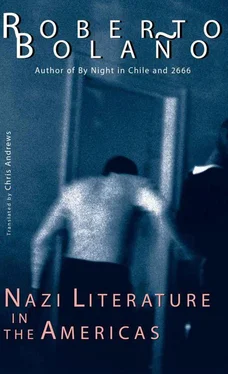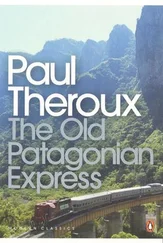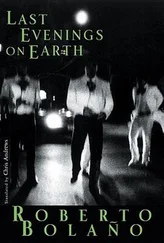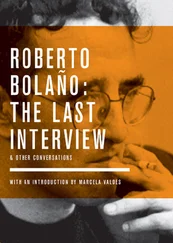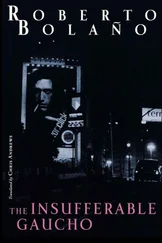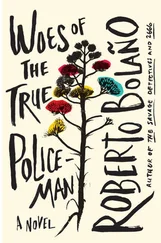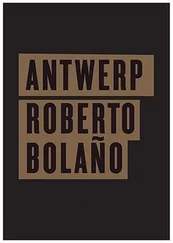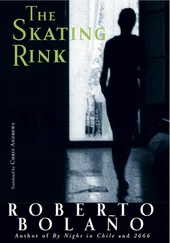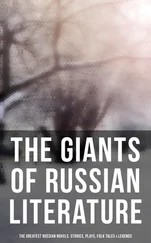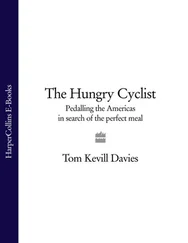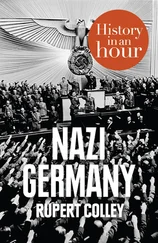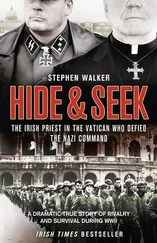Alfredo de María. Mexico City, 1962–Villaviciosa, 2022. Science fiction writer. Gustavo Borda’s neighbor in Los Angeles for two interminable years. Disappeared in Villaviciosa, a village of killers in the state of Sonora.
Pedro de Medina. Guadalajara, 1920–Mexico City, 1989. Mexican novelist whose themes were the revolution and the rural poor.
Sebastián Mendiluce. Buenos Aires, 1874–Buenos Aires, 1940. Argentinean millionaire. Husband of Edelmira Thompson.
Carlos Enrique Morazán. Buenos Aires, 1940–Buenos Aires, 2004. Leader of the Boca soccer gang after the death of Italo Schiaffino and devoted admirer of Italo’s younger brother Argentino. Doctor of parapsychology.
Elizabeth Moreno. Miami, 1974–Miami, 2040. Waitress in a Cuban café. Third and last wife of Argentino Schiaffino.
Adolfo Pantoliano. Vallejo, California, 1945–Los Angeles, 1986. Director and producer of pornographic movies. Works: Hot Bunnies, Stick It In My Ass, The Ex-Cons and the Horny Fifteen-Year-Old, Three By Three , and Alien Versus Corina , among others.
Agustín Pérez Heredia. Buenos Aires, 1935–Buenos Aires, 2005. Argentinean Fascist associated with the world of sport.
Jorge Esteban Petrovich. Buenos Aires, 1960–Buenos Aires, 2027. Author of three war novels set in the Falklands. Radio and television presenter in later life.
Jules Albert Ramis. Rouen, 1910–Paris, 1995. Prize-winning French poet. Held an official post in Petain’s government. Revisionist. Sporadic and gifted translator from English and Spanish. Member of Parliament. Philosopher in his spare time. Patron of the arts. Founder of the Mandarins’ Club.
Julián Rico Anaya. Junín, 1942–Buenos Aires, 1998. Argentinean author. Nationalist and ultra-Catholic.
Baldwin Rocha. Los Angeles, 1999–Laguna Beach, 2017. Killed Rory Long with an assault rifle. Died three minutes later under a hail of gunfire from Long’s bodyguards.
Abel Romero. Puerto Montt, 1940–Santiago, 2013. Chilean ex-policeman who spent many years in exile. On his return he established a successful firm of funeral directors.
Étienne de Saint Étienne. Lyon, 1920–Paris, 1999. French philosopher and revisionist historian. Founder of The Review of Contemporary History .
Claudia Saldaña. Rosario, 1955–Rosario, 1976. Argentinean poet. Unpublished. Killed by the military regime.
Ximena San Diego. Buenos Aires, 1870–Paris, 1938. Fossilized gaucho version of Nina de Villard.
Lou Santino. San Bernadino, 1940–San Bernadino, 2006. John Lee Brook’s parole officer. According to some, Brook among them, a saint. According to others, a cynical son of a bitch.
Germán Scotti Cabello. Buenos Aires, 1956–Buenos Aires, 2017. Dr. Morazán’s right-hand man and unconditional admirer of Argentino Schiaffino.
André Thibault. Niort, 1880–Périgueux, 1945. Philosopher and follower of Maurras. Executed by a group of resistance fighters in the Périgord.
Alcides Urrutia. Cuban painter of whom nothing more is known. Likely guest in Castro’s jails. Another of Ernesto Pérez Masón’s inventions?
Tito Vásquez. Rosario, 1895–Río de Janeiro, 1957. Argentinean musician. Composer of symphonies, various chamber works, three hymns, a funeral march, a sonatina, and eight tangos that permitted him to live out his days in dignity.
Arturo Velasco. Buenos Aires, 1921–Paris, 1983. Argentinean painter. He began as a Symbolist and ended up imitating Le Parc.
Magdalena Venegas. Nacimiento, 1955–Concepción, 1973. Chilean poet. Twin sister of María Venegas. Killed by the military regime.
María Venegas. Nacimiento, 1955–Concepción, 1973. Chilean poet. Killed by the military regime.
Susy Webster. Berkeley, 1960–Los Angeles, 1986. Porn star. Worked in several of of Adolfo Pantoliano’s films.
Curzio Zabaleta. Santiago, 1951–Viña del Mar, 2011. Retired Chilean Air Force captain. Lay monk. Author of bucolic and ecological works.
Augusto Zamora. San Luis Potosí, 1919–Mexico City, 1969. Known as a social-realist author, although he wrote surrealist poems in secret. He was homosexual, although he kept up a macho pretence almost all his life. For more than twenty years he fooled his colleagues into believing that he could speak Russian. He saw the light in 1968, in a cell in the Lecumberri prison. He died in the street of a heart attack a month after being released.
2. PUBLISHING HOUSES, MAGAZINES, PLACES.
American Letters . Bimonthly magazine founded by Edelmira Thompson, 1948–1979. It was co-edited by Juan and Luz Mendiluce, which gave rise to inter-sibling quarrels.
Black and White. Extreme right-wing Argentinean publishing house.
Black Pistol. Publishing house based in Rio de Janeiro, specializing in detective fiction, which opened the door to a large and disparate group of Brazilian writers.
The Charismatic Church of Californian Christians. Religious congregation founded by Rory Long in 1984.
The Chestnut. Argentinean publishing house specializing in songbooks and popular authors.
Church of the True Martyrs of America. Religious congregation in which Rory Long was a preacher.
City in Flames. Poetry publishing house based in Macon.
Command . War games magazine to which Harry Sibelius contributed.
Dawn in California . One of the Aryan Brotherhood’s magazines.
The Fabulous Adventures of the White Nation . One of the Aryan brotherhood’s magazines.
The Fourth Reich in Argentina . No doubt one of the most peculiar, outlandish and stubborn publishing ventures spawned by the Americas, ever fecund in enterprises verging on insanity, illegality and idiocy. The topical first issue was entirely devoted to refuting the legality of the Nuremberg trials, which were in full swing at the time. In the second issue, among translations of entirely forgettable German authors (including a poem about gardenias by Baldur von Schirach, leader of the Hitler Youth, then on trial in Nuremberg for crimes against humanity), the enterprising reader may discover three disparate prose texts by Ernst Jünger. A double issue followed, returning to the theme of the trials and presenting a brief anthology of conspicuously Falangist and Peronist poets from Buenos Aires. The hundred pages of the fifth issue are entirely occupied by an exposé and analysis of the Bolshevik menace, the only real threat to Europe since the end of the First World War. With the sixth issue, the style of the magazine took a new turn: the theme is old Buenos Aires and its neighborhoods, the port, the river, the city’s traditions and folklore. In a fit of speculation, the seventh issue envisaged the Buenos Aires of the future, its urban planning (imagined by the young architect Hugo Bossi, with the first glimmers of an implacable originality that would later make him world famous), but also its sociology, economics and politics. The eighth issue came down to earth again, railing, from cover to cover, against the fallacies of the Nuremberg trials and the total control of the press by the Jewish plutocracy. The ninth issue returned to literature: under the title “European Literature Today,” it gives a brief overview of the works of French, German, Italian, Spanish, Rumanian, Lithuanian, Slovakian, Hungarian, Belgian, Latvian and Danish writers and poets. A police warrant prevented the publication of the tenth issue. The magazine was outlawed but transformed itself into a publishing house. Some titles appeared under the imprint of the Fourth Reich in Argentina, but the majority did not. In its new guise the Fourth Reich continued to make its erratic way until the year 2001. The identity of the publisher remains a mystery.
The General . War games magazine to which Harry Sibelius contributed.
Читать дальше
